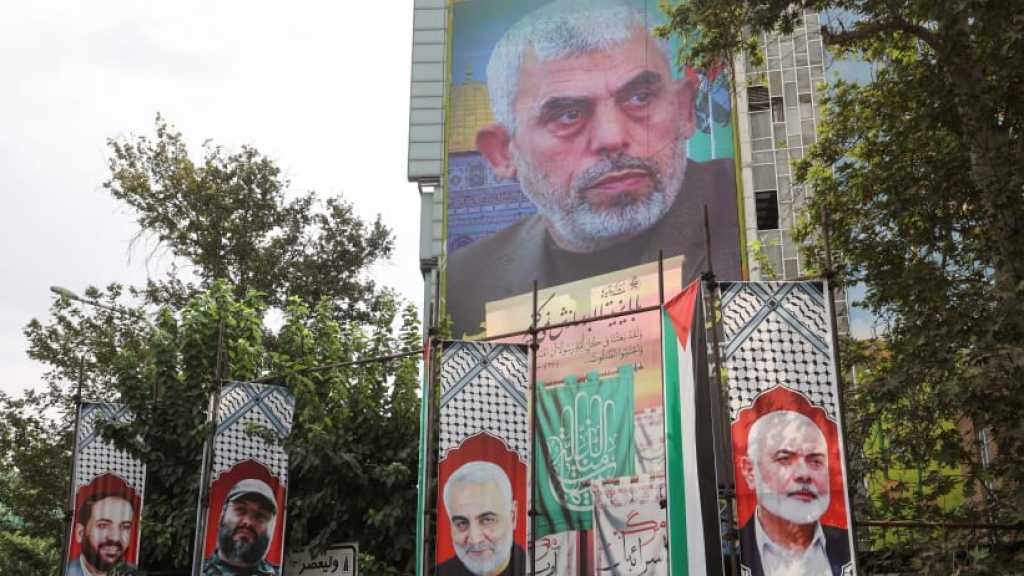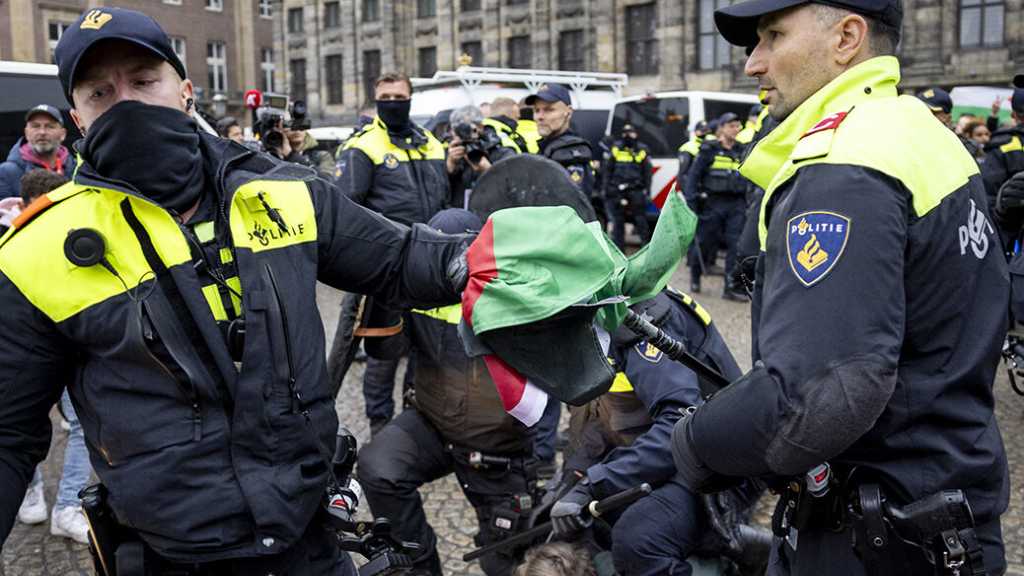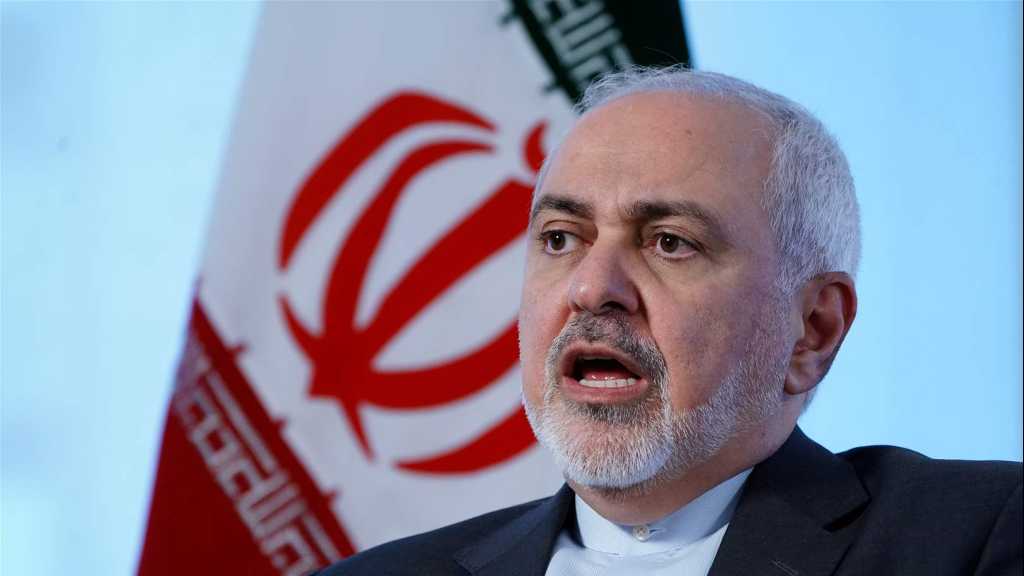Al-Jarha Foundation: A Cure for the Resistance Society

By Hassan Shreim
They are living martyrs who bled so we can live freely.
They sacrificed parts of their bodies on the path of resistance and scored one victory after another. Their actions are based on a basic commandment: The preservation of the Islamic Resistance.
They were waiting and thirsty for martyrdom. They paved the way for the rest of us to a safe homeland without fear and with their bodies and wounds that were now part of the earth’s soil.
Hezbollah Secretary General His Eminence Sayyed Hassan Nasrallah once described these wounded as living witnesses.
“They are witnesses to the achievements we are enjoying today in Lebanon – the victories, security, internal peace, the deterrence force, and stability. We owe it to their sacrifices, blood, and wounds, which made them the beacons of victory.”
Having earned it, Al-Jarha [the wounded] Foundation became their home away from home. Stemming from faith as well as appreciation for their mighty efforts, efforts were made to set up this institution.
The launching of the Al-Jarha Foundation coincided with that of the Islamic Resistance in Lebanon’s occupied south. It was intended to heal the wounds of the brave fighters, soothe their pain, and alleviate their suffering. It was, and still is, the help and support for every living martyr and wounded fighter.
* The institution’s early days
The Al-Jarha Foundation is officially registered as the Charity Association to Help the Wounded and War Disabled in Lebanon (2900 decree No.5/a.d.-31/10/1992). In an interview with Al-Ahed News, the organization’s director Hajj Muhammad Dakrub takes us back to the early days.
Its work began in conjunction with that of the Islamic Resistance in Lebanon in 1982 – defense against the Zionist aggression. There was a need to treat, rehabilitate, and care for the wounded of the Islamic Resistance, including those wounded by “Israeli” attacks and the civil war, both civilians and the mujahideen.
Dakroub says that at the start, the Al-Jarha Foundation and Al-Shaheed Foundation were one institution. They separated in 1989. The former became the first institution to be administratively and financially independent. It kept pace with the resistance movement and the mujahideen, followed up on the cases of the wounded fighters, and dealt with them with precision and care.
Of course, treatment and rehabilitation methods vary depending on the injury and its classification: mild, moderate, severe, or permanent disability.
* The foundation’s goals
Dakroub says that in addition to physical therapy, the Al-Jarha Foundation has many goals, including:
1- To provide full treatment and hospitalization
2- To provide a decent life for the wounded with special needs
3- To rehabilitate and develop the skills of the wounded and work to help them achieve individual autonomy
4- To rehabilitate the wounded psychologically and help reintegrate them into society
In addition to the treatment provided by the foundation, Dakroub points to in-kind donations and financial aid that goes to the wounded.
* Targets of the foundation’s services
While Dakroub points out that there are many civilian groups that have benefited and still benefit from the foundation's services, he lists some of the key focus groups:
1- The wounded fighters of the Islamic Resistance who operate in the arenas of jihad
2- Civilians wounded as a result of “Israeli” attacks and the remnants of the occupation, including mines and cluster bombs, (especially in the July 2006 war and its aftermath)
3- Those wounded in terrorist bombings that affected Lebanon, especially in the southern suburbs of the capital Beirut.
* The work of the foundation and its evolution
The first stage: The establishment stage (1982 - 1992)
During this stage, activities focused on providing qualified medical staff to assist the wounded and on securing the necessary centers and capabilities for the institution's work.
The second stage: (1992 - 2000)
This stage was characterized by a lot of intense activities on the part of the resistance and qualitative operations at occupied sites in the south and western Bekaa.
Consequently, the pace of “Israeli” attacks on Lebanon, on the mujahideen’s strongholds, and the homes of civilians intensified. As such, the number of wounded, especially during the 1993 and 1996 wars increased.
Also at this stage, the institution moved towards developing its specialized work, especially in the rehabilitation and health sectors, which was strengthened after the “Israeli” withdrawal from Lebanon.
The third stage: (2000 - 2012)
What is noteworthy at this stage is the expansion of the institution throughout different Lebanese regions, especially after the 2000 liberation. Hence, the institution built many administrative, rehabilitation, and recreational centers. Unfortunately, these centers were completely destroyed in the July 2006 war. They were then reconstructed to carry out their functions with strength and a more solid will.
The fourth stage: 2012 - continuing until now
This stage is the most difficult in the history of the institution, says Hajj Dakruob. As a result of the brutal, barbaric global war waged by the Daesh terrorist organization with support from the Americans and some Gulf monarchies, Hezbollah fighters heeded their jihadi duty to defend the sanctities, honor, lives, and property.
As a result, the number of wounded increased, putting more pressure and responsibility on the institution, not to mention the number of wounded in terrorist bombings carried out by takfiris inside Lebanon’s cities and areas.
It was necessary to develop the institution to keep pace with the crisis. Under the umbrella of Al-Jarha’s centers, a range of rehabilitation specialties became operational.
A number of experienced, competent, and qualified specialists were employed. They exerted persistent and unremitting efforts and treated the wounded, especially those with disabilities. The wounded received care on psychological, physical, social, and cultural levels. The organization also followed up with the wounded at all levels of life, such as education, work, marriage, and other things they aspired for.
* Types of rehabilitation specialties in the foundation
1- Physiotherapy
2- Occupational Therapy
3- Speech therapy (especially for people with head injuries who lose the ability to speak)
4- Psychiatry
5- Counseling and social care
* Services provided by the foundation to the wounded at the current stage
Dakroub praises the role and efforts of the crews working for the foundation, especially their devotion to serving and comforting the wounded.
He outlines the key services that Al-Jarha is working hard to provide to the wounded:
1- Rehabilitation services that include all specializations, especially:
Psychological rehabilitation, which is focused on the rehabilitation of one’s psychological state and alleviating all psychological problems
2- Services at the health level: The health rehabilitation of the wounded is monitored by a network of highly educated and competent doctors and specialists with scientific expertise and a wealth of experience.
3- Transportation services: The wounded are transported for treatment sessions by private vehicles belonging to the institution and at the institution’s own expense.
4- Recreational programs for the wounded with an injury that led to a disability, with permanent support for this category.
5- Marriage assistance services: Providing housing, furniture, and covering marriage costs as well as psychological and social assistance to help transition people into married life.
6- Services for the children of the wounded: Taking care of them as well and covering them completely (financially and morally) from kindergarten until graduation.
7- Services that provide the means for a decent living, including a monthly salary for the wounded, which reduces their reliance on others.
8- Educational services for the wounded who want to continue their studies. There are many seekers of knowledge in different fields.
9- Cultural activities tailored to the wounded and their families
10- Granting aid or loans to help those wounded establish businesses
These services are available in the main and subsidiary centers of Al-Jarha Foundation, including the main center in Beirut, the Baalbek and Nabatiyeh centers, in addition to sub-centers in a number of Lebanese areas such as the Tyre and Hermel centers.
* The foundation is continuing to provide services
In conclusion, Hajj Dakroub confirms that "Al-Jarha Foundation continues its work in the service of its mujahideen sons and receives civil cases in exchange for symbolic allowances that relieve its people of the burden of wars that afflicted Lebanon. It takes into account the economic and social conditions in the country. In cooperation with the Ministry of Health and the Ministry of Social Affairs, the foundation seeks to advance its capabilities in order to deliver a better community service.”
As long as we have a grain of wheat in our land, a wound oozing with weariness, and a martyr’s blood quenching the thirst of the earth, the ears of wheat will replenish our fields and thresh floors with gold.




